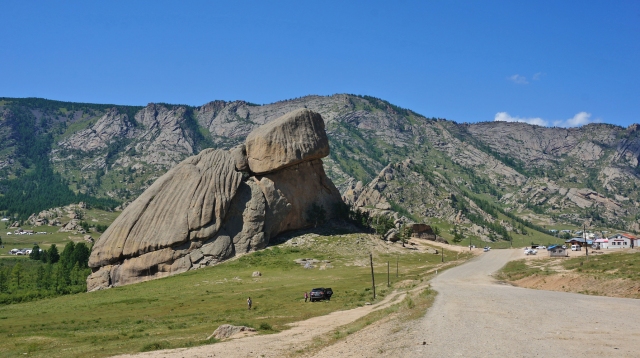Even the rocks themselves have cellular structure.
So if we are talking about cellular structure, it's not just living cells of plants and animals, it seems everything comes in a cellular pattern.
Not just the ordered circular, triangular, hexagonal arrangements, but irregular shape cells too, all form and mesh together in endless cellular patterns. From natural structures of honeycombs to the man made mapping of microwave networks across the globe, there is this ubiquitous pattern of cellular structure. (Incidentally that's why they are called cell phones)
From complex tiling patterns, to Turing algorithms, from 'wallpaper groups' to natural coral patterns, it seems everything arranges itself into cells.
And if we look at the patterns of dry stone walls, whether they are vertical or coursed or diagonal or even random, what we see, and what I think we enjoy seeing, is this same propensity for cellular patterning.
But what makes for a good pattern? What kind of formula could one use to best arrange a selection of irregular shaped stones . What are some rules to follow that make a cellular pattern structural?
A few years ago, late one night, after a few pints at a pub on Inisheer, John Scott, Patrick McAfee and I, marvelling at the counter-intuitiveness of the myriad of patterns of Irish walls we'd seen that day on the island, got excited about inventing a 'walling' game where flat stone shaped pieces were dealt to players and then one at a time laid out consecutively on a blank board to create a two dimensional wall pattern, each player trying to score the highest points (according to a preset formula of aesthetic bonding rules) in a battle of structural cellular strategy.
Now and then we still talk about someday actually coming up with the rules for such a game, and making our fortune.
Can you suggest some of the elements that might make a game like that work?


 😊😊😊😊😊
😊😊😊😊😊
